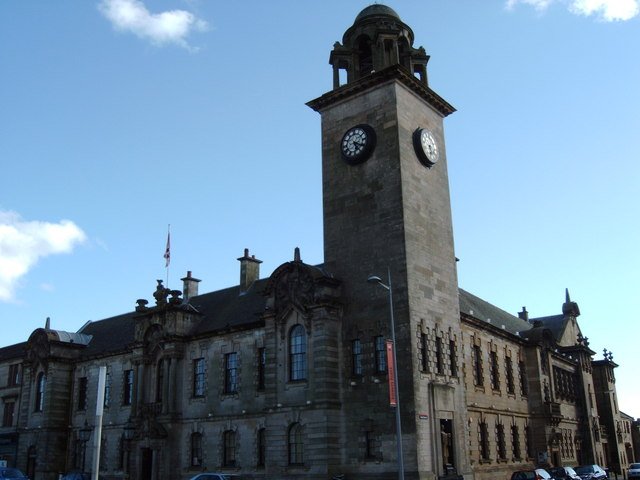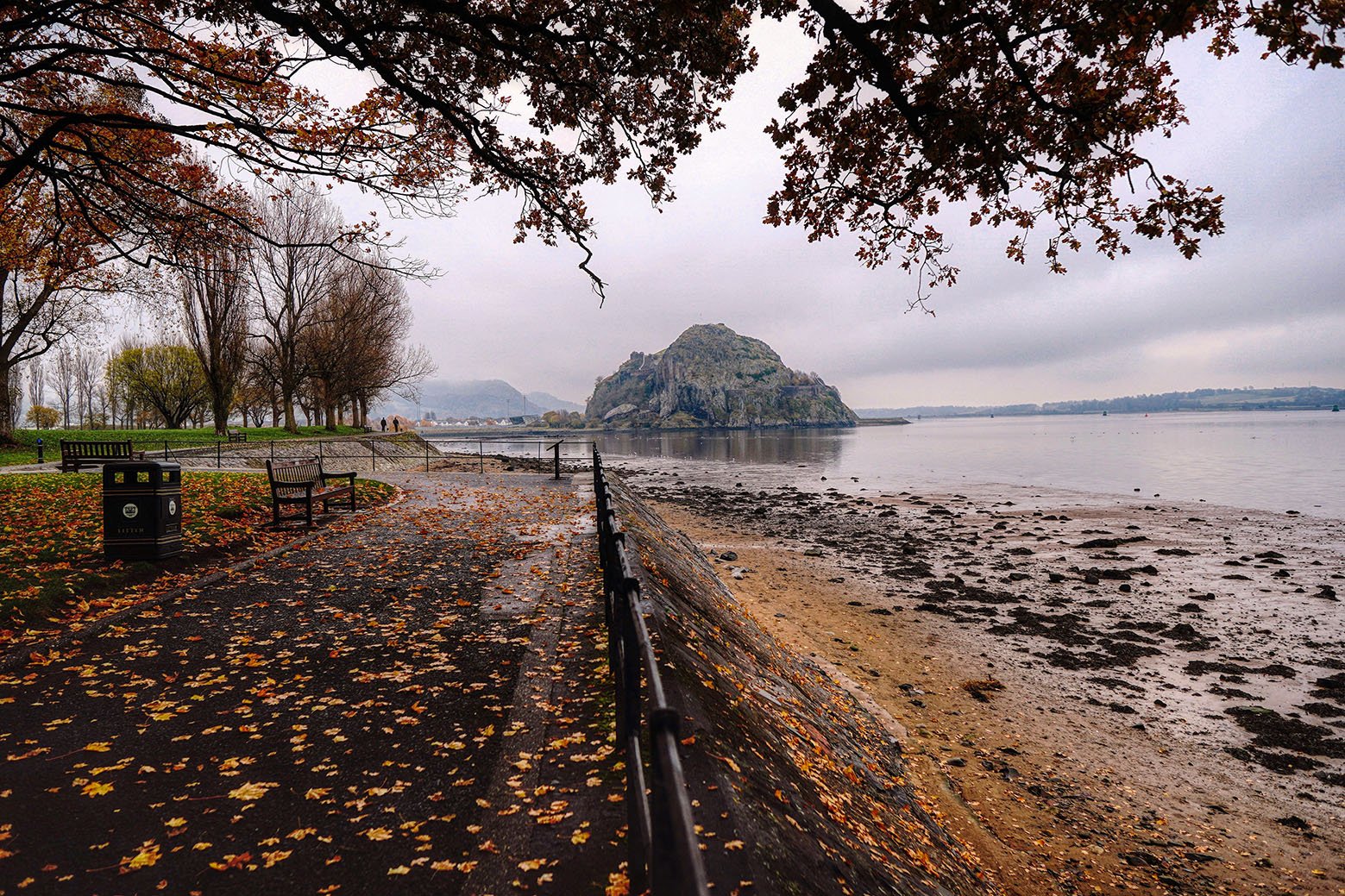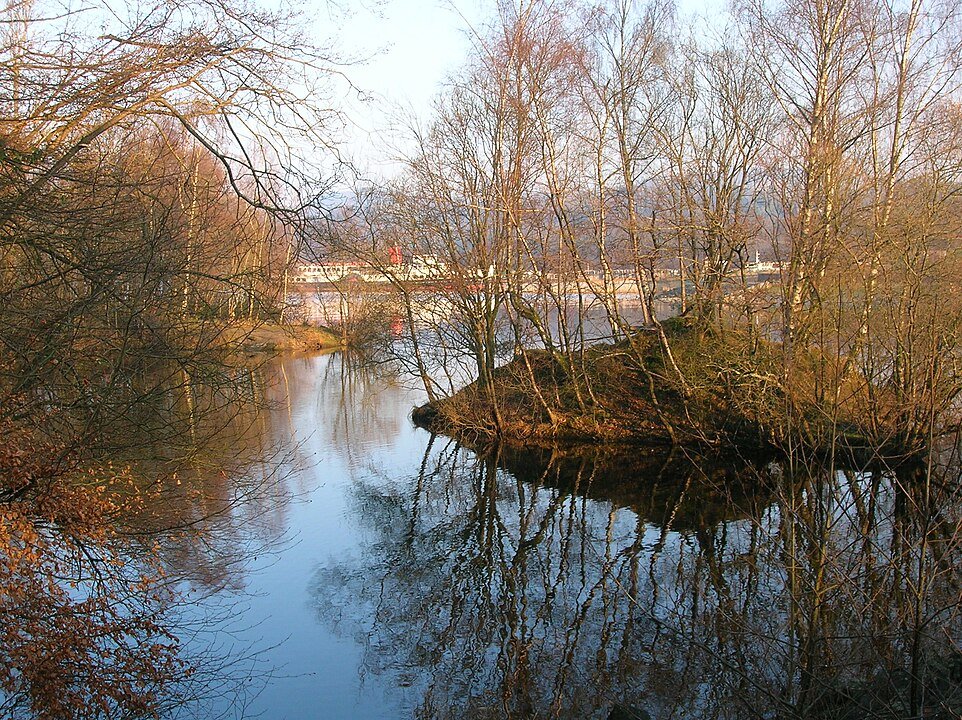A mix of Scottish Nature and History
Located in the west-central region of Scotland, West Dunbartonshire offers a remarkable blend of natural beauty, historical richness, and a variety of intriguing attractions. This district encompasses the picturesque landscapes of the southern banks of Loch Lomond, the charming towns of Dumbarton and Clydebank, and numerous lesser-known yet equally interesting locales.
The scenic vistas of the region are dominated by rolling hills, lush forests, and tranquil waterways, providing an idyllic backdrop for outdoor enthusiasts and nature lovers. Loch Lomond, one of Scotland's most iconic freshwater lochs, is a particular highlight, renowned for its outstanding beauty and wide range of recreational opportunities like boating, fishing, and hiking. Besides the natural allure, West Dunbartonshire's historical significance is equally impressive.
The area is steeped in history, with its roots tracing back to ancient times. Dumbarton Castle, perched atop a volcanic rock at the confluence of the River Clyde and River Leven, stands as a testament to the region's past. This fortress has witnessed countless historical events and offers panoramic views that are simply unparalleled. Additionally, the town of Clydebank is known for its maritime heritage, notably its role in the shipbuilding industry, which offers a fascinating glimpse into the area's industrial past.
Places
In West Dunbartonshire

Clydebank
Located along the northern bank of the River Clyde, Clydebank's roots are deeply intertwined with Scotland’s industrial past. Clydebank originally flourished during the 19th and 20th centuries, primarily as a shipbuilding center. However, Clydebank is far more than just an industrial relic. Over the years, the town has adeptly transformed from its industrial origins into a thriving community boasting modern amenities. Recent decades have seen considerable development, including new residential areas and commercial establishments. Today, Clydebank presents a harmonious blend of historical reverence and contemporary vibrancy.

Dumbarton
Located on the northern bank of the River Clyde, Dumbarton serves as both the administrative center of West Dunbartonshire and a gateway to the stunning Highland scenery and lochs that lie beyond. Dumbarton Castle, perched high on a volcanic rock known as Dumbarton Rock, stands as an enduring testament to the town's storied past. The castle's history spans over 1,500 years, making it one of the oldest fortified sites in Scotland and a must-visit attraction for history enthusiasts. The town's maritime history is equally significant, once serving as a hub for shipbuilding and home to the famous Denny Shipyard, which pioneered many advancements in the industry. Dumbarton is also known for its natural beauty and picturesque landscapes. The tranquil surroundings of Levengrove Park and the scenic River Leven offer ample opportunities for outdoor activities and peaceful retreats. The town's close proximity to Loch Lomond and the Trossachs National Park makes it an attractive destination for those seeking the allure of Scotland's natural wonders.

Vale of Leven
The Vale of Leven, situated in West Dunbartonshire, Scotland, is a charming and picturesque region that offers a unique blend of historical richness and natural beauty. Nestled between the renowned Loch Lomond and the River Clyde, this area has evolved into a must-visit destination due to its scenic landscapes, welcoming community, and fascinating heritage. Geographically, the Vale of Leven enjoys a prime location, with the majestic peaks of the Loch Lomond and Trossachs National Park to the north and the bustling city of Glasgow just a short journey to the south. This convenient positioning makes it an ideal base for exploring some of Scotland's most breathtaking countryside while having easy access to urban amenities.
